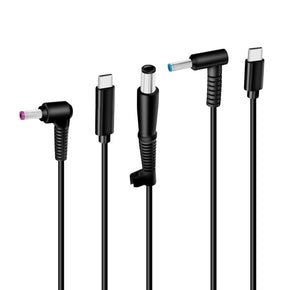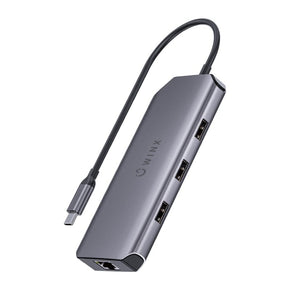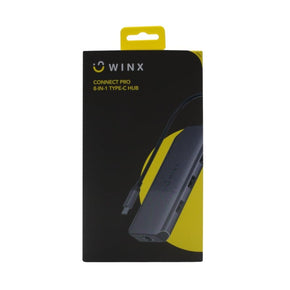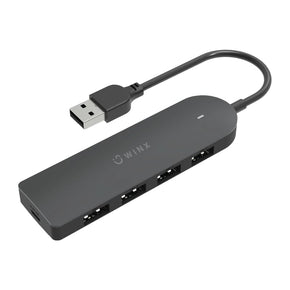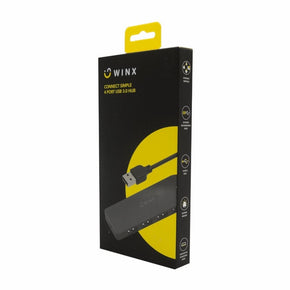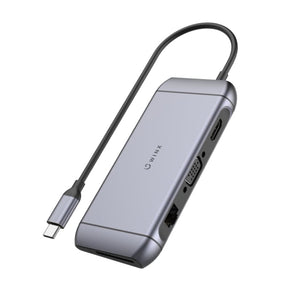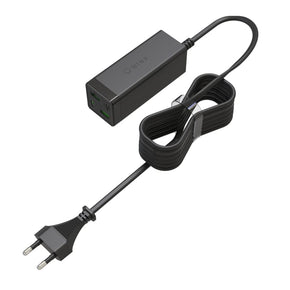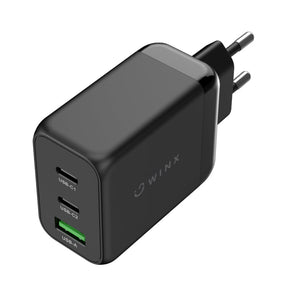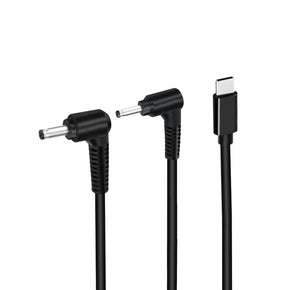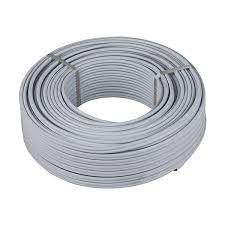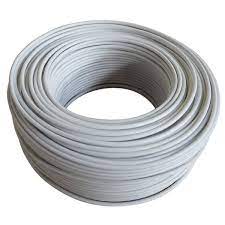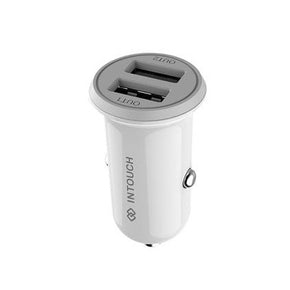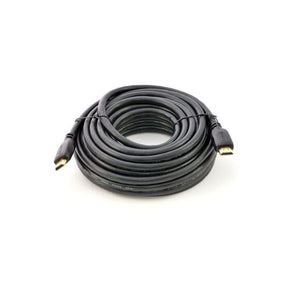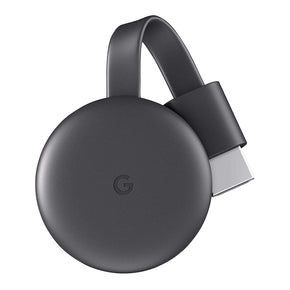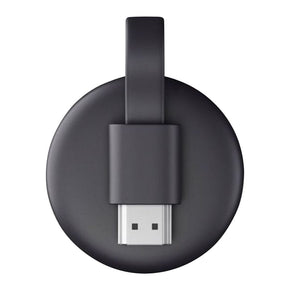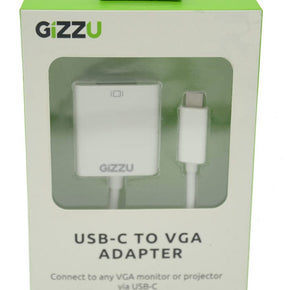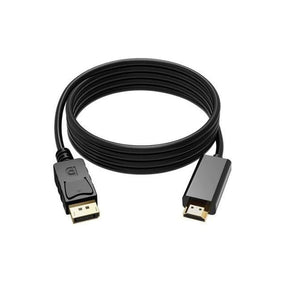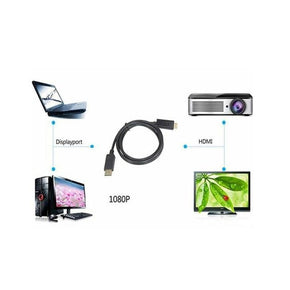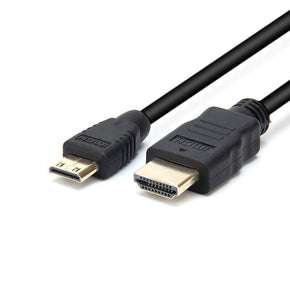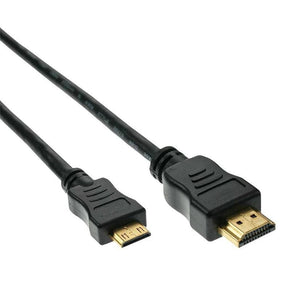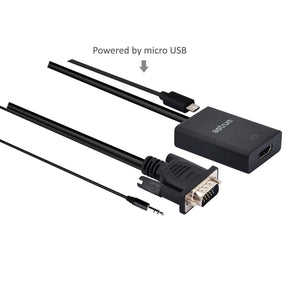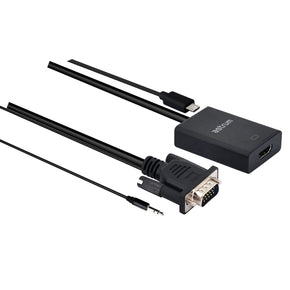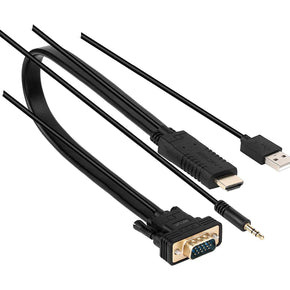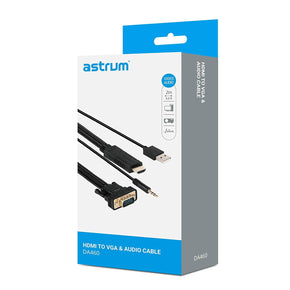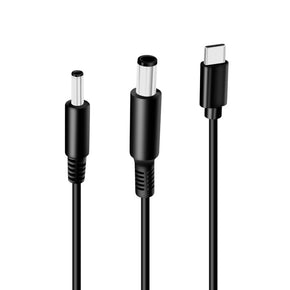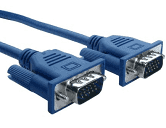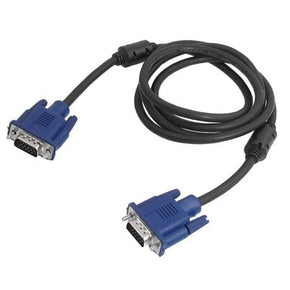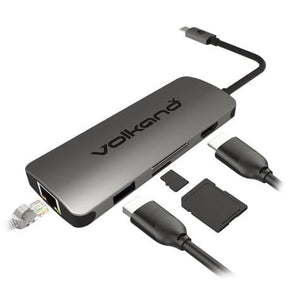- No products in the cart.
Browse Categories
-
Home Appliances
-
Small Appliances
- Audio Visuals
-
Bedlinen & Bathroom
-
Electronics & Cellphones
-
Kitchenware & Cleaning
-
Dress Fabrics, Haberdashery & Sewing
-
Curtaining, Upholstery & Blinds
-
Furniture & Decor
- Catering Equipment
-
Fashion
-
Lighting, Hardware & Solar Solution
- Luggage & Bags
-
Camping & Outdoor
-
Baby & Toys
- Rugs & Flooring
- Stationery
- Vape
- Clearance Sales Clearance Sales
- Sort by
- FILTER BY PRICE
-
-
Below $100.00
-
$100.00-199.00
-
$200.00-299.00
-
$300.00-399.00
-
$400.00-499.00
-
Above $500.00
-
- FILTER BY COLOR
-
-
- FILTER BY SIZE
-
-
S
-
M
-
L
-
XL
-
2XL
-
3XL
-
- FILTER BY BRAND
-
-
Adidas
-
Camel
-
Motorola
-
Rolex
-
Samsung Galaxy
-
Seiko
-
Sony
-
Electronic Cables for Sale Online
Shop our range of electronic cables for sale at MHC World. Buy online and receive free delivery over R3500 & within a 30km radius from our store.
Apart from our electronic cables for sale, we also offer power banks, earphones and security products.
Though often unseen and underappreciated, electronic cables are the unsung heroes of our digital world. These essential pathways connect our devices, allowing them to exchange data, transmit power, and facilitate the seamless functioning of countless technologies we rely on daily.
From charging our smartphones to powering our computers and connecting to the internet, electronic cables are the silent workhorses that keep us connected and informed.
What Are Categorised as Electronic Cables?
Electronic cables are insulated wires designed to transmit electrical signals or power between electronic devices. They consist of several key components:
- Conductors: These are the core wires, typically made of copper or aluminium, responsible for carrying the electrical signals or current.
- Insulation: A non-conductive material, like plastic or rubber, surrounds the conductors to prevent electrical shorts and protect users from potential harm.
- Shielding: Some cables incorporate a braided mesh or foil layer to shield the signal from external electromagnetic interference, ensuring clean and reliable data transmission.
- Connectors: These are the plugs and sockets on each end of the cable that physically connect to the devices.
How Do Electronic Cables Work?
The functionality of electronic cables is based on the fundamental principles of electricity and magnetism. When an electrical signal or current travels through the conductor in a cable, it generates a magnetic field around the wire.
This magnetic field, in turn, can induce a current in another conductor nearby, allowing for data or power transmission between connected devices.
The Development of Electronic Cables
The concept of using cables for electrical transmission dates back to the early 19th century with the invention of the telegraph. However, the development of the modern electronic cables we use today largely coincided with the rise of electronics in the 20th century.
As technology advanced, so did the need for more sophisticated and diverse cable types to cater to the evolving needs of various devices and applications. Today, there's a vast array of electronic cables available, each designed with specific functionalities and connector types for optimal performance in various applications.
Benefits and Disadvantages of Electronic Cables
Cables enable the essential connection between various electronic devices, facilitating data transfer, power supply, and signal transmission. A wide range of cable types cater to diverse needs, ensuring compatibility with various devices and applications.
Compared to some wireless technologies, affordable wired connections using cables offer a cost-effective solution for many applications.
Cables can, however, become easily tangled and cluttered, creating a disorganised and potentially hazardous environment. The length of a cable restricts the distance between connected devices, potentially hindering mobility and flexibility in certain situations. Cables can contribute to visual clutter, especially in home entertainment setups or workspaces.
Why Electronic Cables Are an Essential Part of Life
From our smartphones and laptops to televisions and refrigerators, cables provide the necessary path for electricity to power these devices and keep them functioning. They connect our devices to the internet, allowing us to access information, communicate with others, and utilise various online services.
Specific cable types transmit audio and video signals, allowing us to enjoy entertainment experiences on TVs, speakers, and other devices.
Different Types/Styles of Electronic Cables
The diverse world of electronic cables offers a specific type for practically every need. Here are some of the most common ones:
- USB cables: These ubiquitous cables come in various types (USB-A, USB-B, USB-C) and are used for charging devices, transferring data, and connecting peripherals to computers and laptops.
- HDMI cables: High-Definition Multimedia Interface (HDMI) cables are the standard for transmitting high-quality audio and video signals between devices like TVs, projectors, and gaming consoles.
- Power cables: These cables connect electronic devices to wall outlets, providing them with the necessary electrical power to function.
- Audio cables: Different types of audio cables, such as AUX cables and RCA cables, transmit audio signals between devices like speakers, headphones, and audio equipment.
- Network cables (Ethernet cables): These cables enable wired network connections between devices and routers, offering a reliable and secure alternative to Wi-Fi for internet access.
- Coaxial cables: Traditionally used for cable TV connections, these cables are also used for satellite internet and some audio/video applications.
- DisplayPort cables: An alternative to HDMI, DisplayPort cables offer high-resolution video and audio transmission capabilities, often used for connecting computers to monitors.
What is the Lifespan of Electronic Cables and How Can You Extend It?
Well-made cables with high-quality materials and proper construction are more durable.
Frequent use, especially with excessive bending or pulling, can shorten their lifespan; therefore, proper storage practices, avoiding sharp bends or extreme temperatures, can significantly extend cable life.
Wrap cables loosely or use cable organisers to prevent tangles and strain on connectors. Always grip the connector head when disconnecting cables to avoid damaging the internal wires.
How to Clean and Care for Your Electronic Cables
While electronic cables don't require extensive cleaning, proper care can help maintain their functionality and prevent the spread of germs, especially for cables frequently handled, like charging cables. Here are some basic guidelines:
Wipe them down occasionally. Use a damp microfiber cloth to remove dust, dirt, or minor spills. Avoid using harsh chemicals or submerging them in water.
For cables that come into frequent contact with your hands, like phone charging cables, consider occasional disinfection with a solution of 70% isopropyl alcohol and water (avoiding the connectors).
How to Choose Electronic Cables
Choosing the right electronic cable can be confusing. Here are some key factors to consider:
- Identify your need: Determine the specific purpose of the cable (e.g., charging, data transfer, connecting devices) to choose the appropriate cable type and connector.
- Consider the length: Choose a cable length that meets your needs without excess slack that can cause tangles or tripping hazards.
- Build quality: Look for cables with good quality materials and construction, especially for frequent use or demanding applications.
- Read reviews and compare prices: Utilise online resources and expert reviews to compare different brands, features, and prices to find the best value for your needs.
By carefully considering these factors, you can purchase electronic cables that are both functional and durable, ensuring a seamless and reliable connection between your devices for years to come. Investing in well-made cables can save you money in the long run by preventing frequent replacements due to wear and tear.
Best Brands of Electronic Cables Available on MHC
At MHC you can purchase all reputable brands of Electronic Cables, including Winks, Volcano, etc., at a reasonable price.

